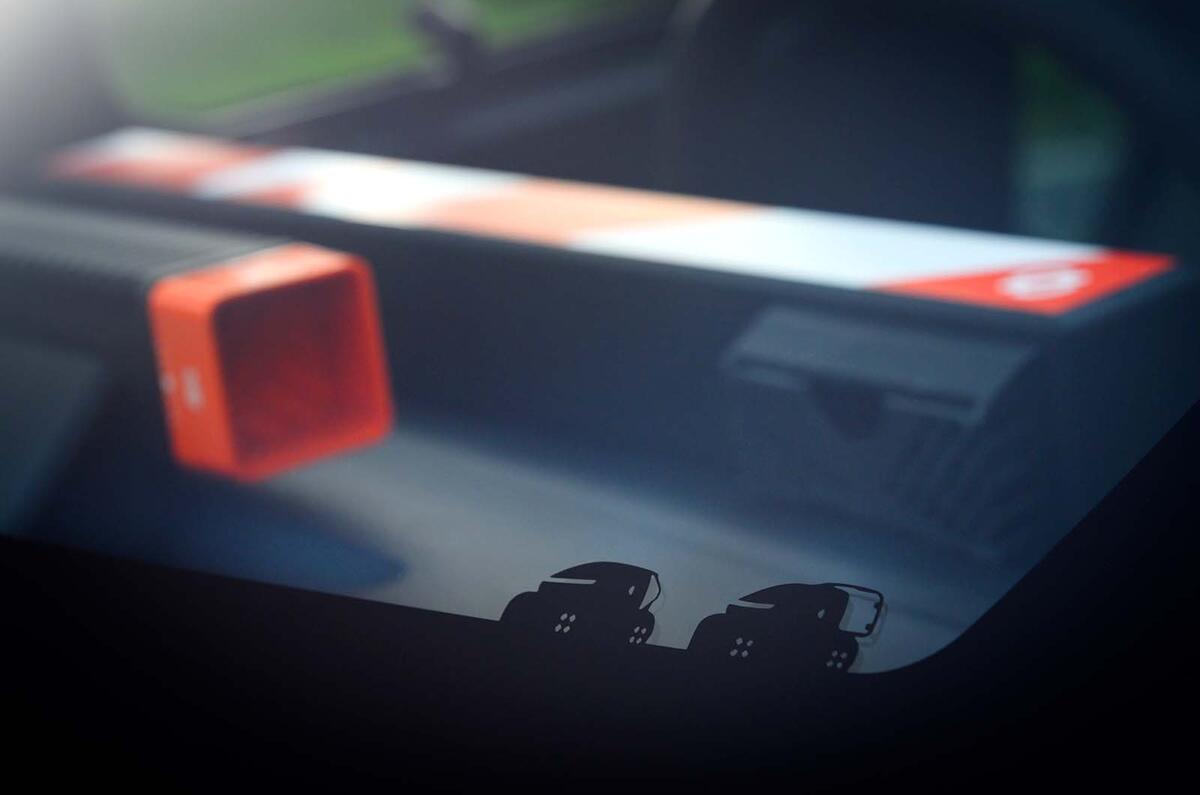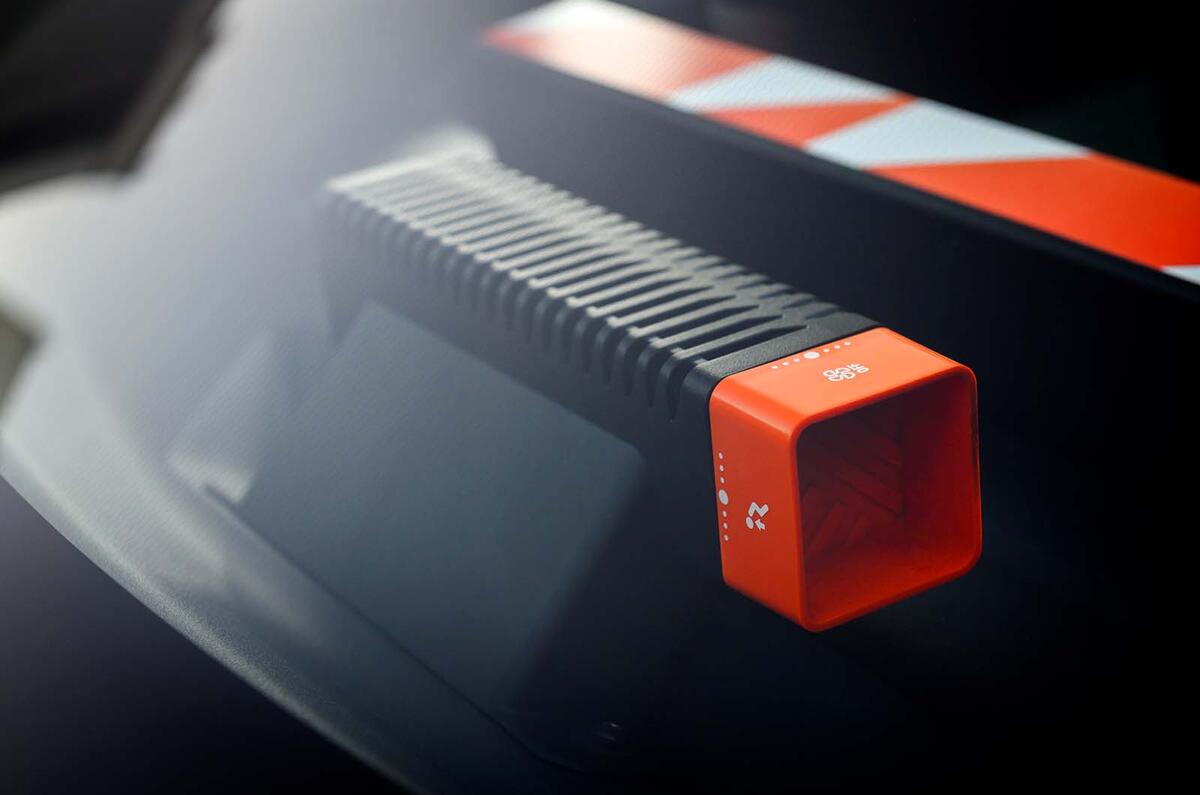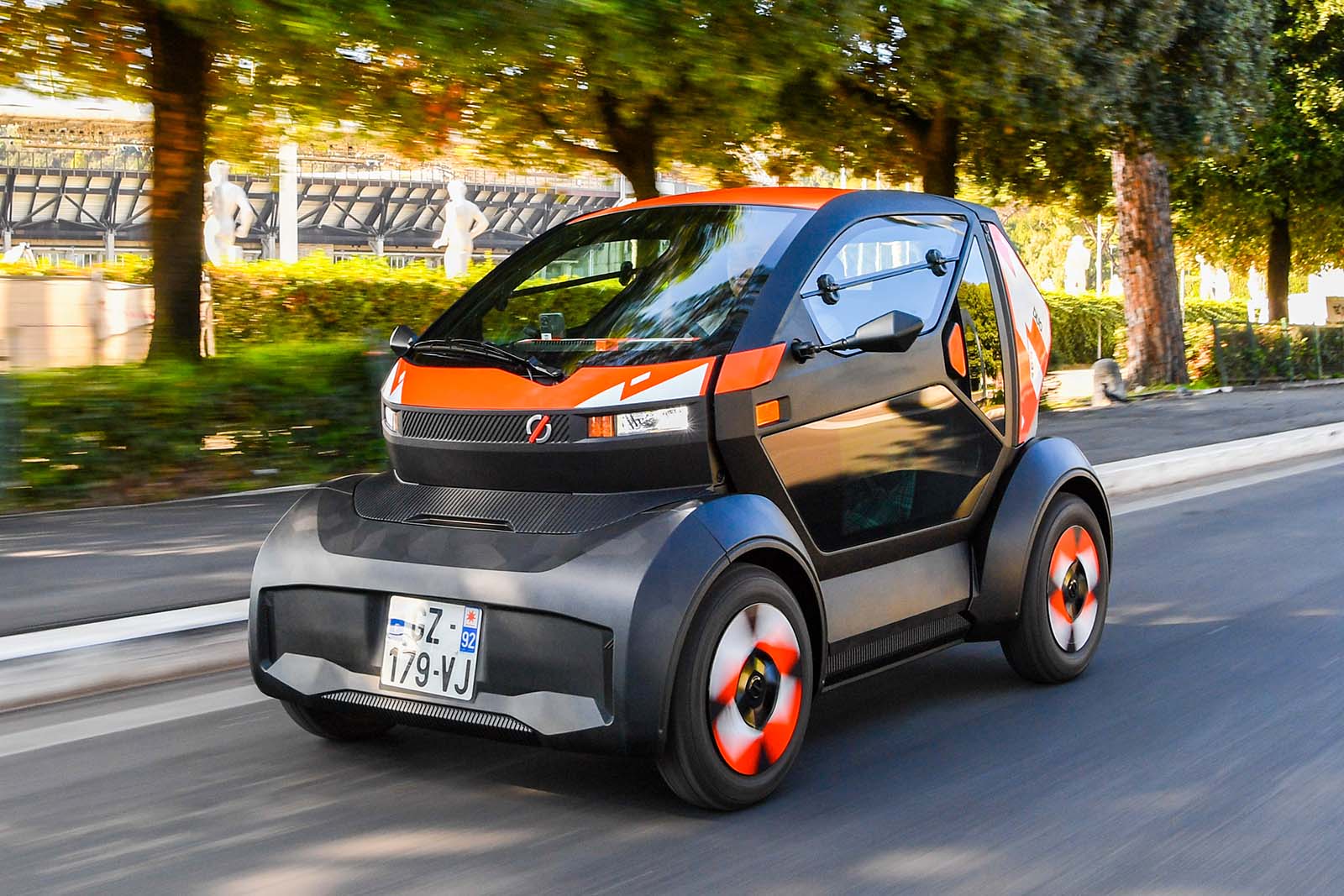Before we consider the weird - and perhaps wonderful - world of the Mobilize Duo, we should briefly revisit the car it ultimately succeeds: the Renault Twizy.
There was plenty about that two-seat quadricycle that made it an illogical purchase. It didn't have windows or a heater, its electric range was less than 50 miles and it cost as much as most second-hand city cars of the period. But that didn't stop us from liking its charming, lovable character.
Developed and built by Renault's urban mobility brand, Mobilize, the new Duo looks set to continue that trend by taking the Twizy's fundamental principles and bringing them up to the standards of the day. It also promises to solve many of its inherent flaws with big-car equipment levels, a 100% increase in electric range, a design overhaul and - helpfully - windows.
It has to, because even at this end of the car market - known as the sub-A-segment - there is competition from the likes of the Citroën Ami, the Micro Microlino and the Luvly 0.
Each of these future-gazing brands, particularly Mobilize, claims its machine will be a practical, eco-friendly solution to otherwise crowded transport in burgeoning cities over the next few years. But what's the Duo like in the here and now?
The Mobilize Duo range at a glance
Two versions of the Duo are available, homologated to meet L6e and L7e quadricycle regulations depending on their weight, power output and top speed. The L6e variant, called Duo 80 Evo, has 8bhp and a top speed of 28mph but it is not coming to the UK. The L7e variant - Duo 80 Pro - is coming here and can be boosted up to 21bhp, with a top speed of 50mph.


































